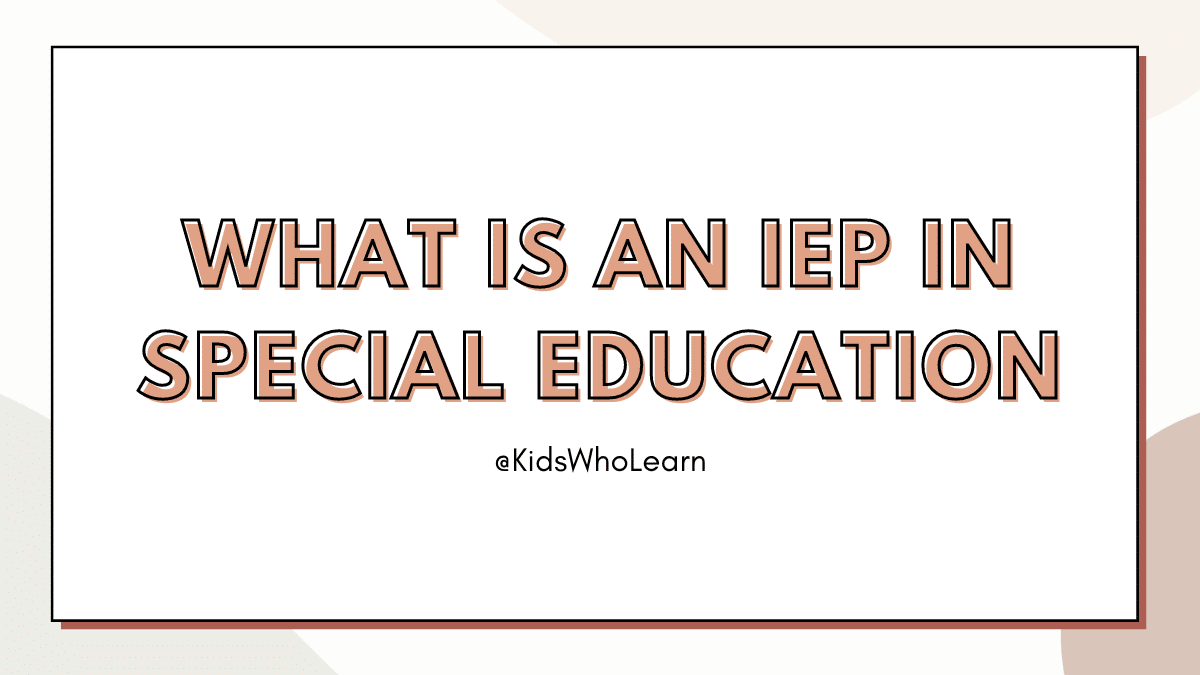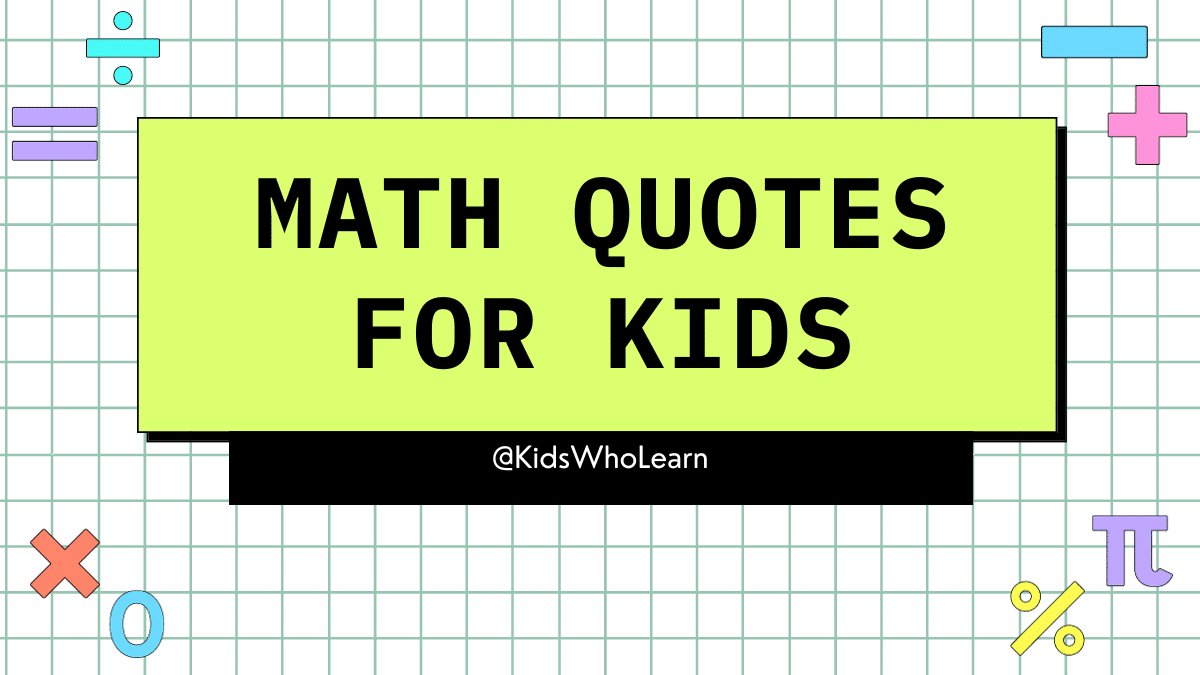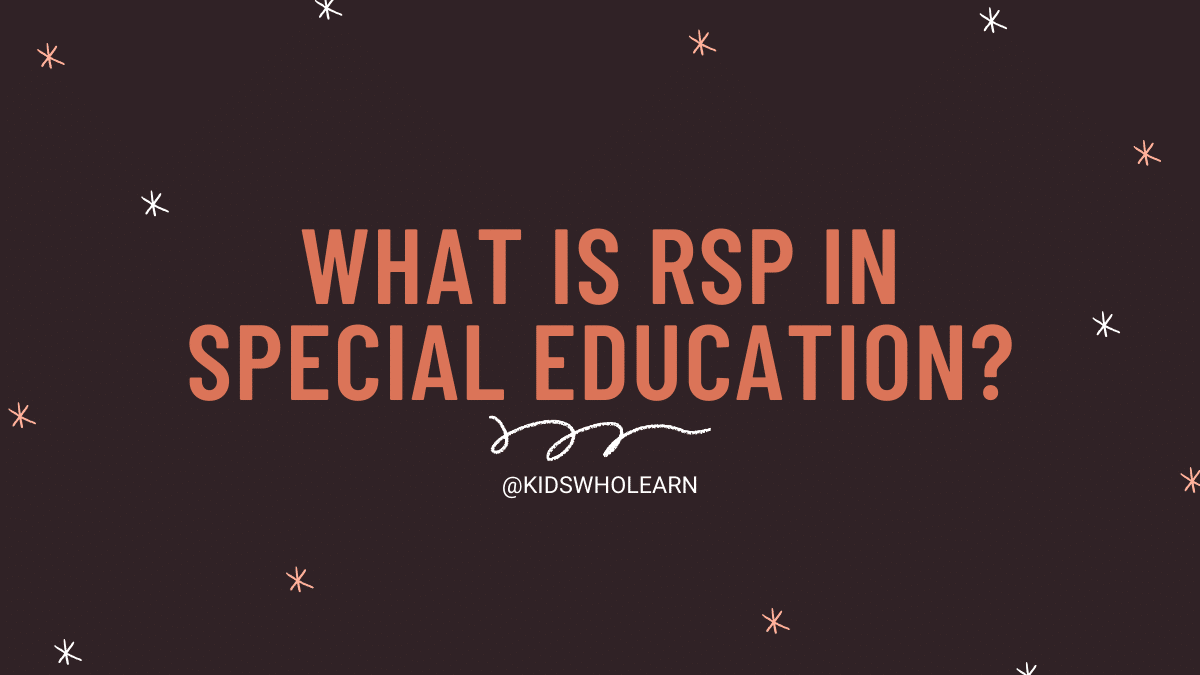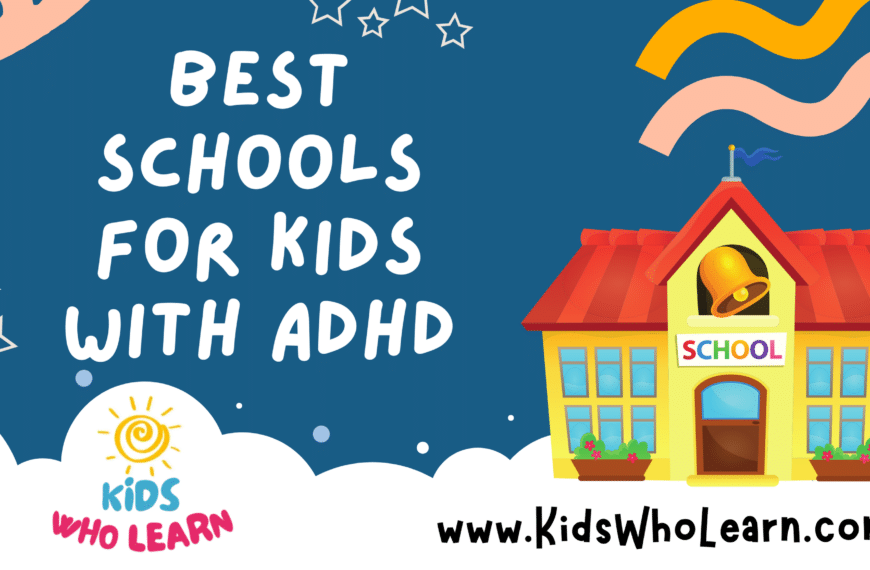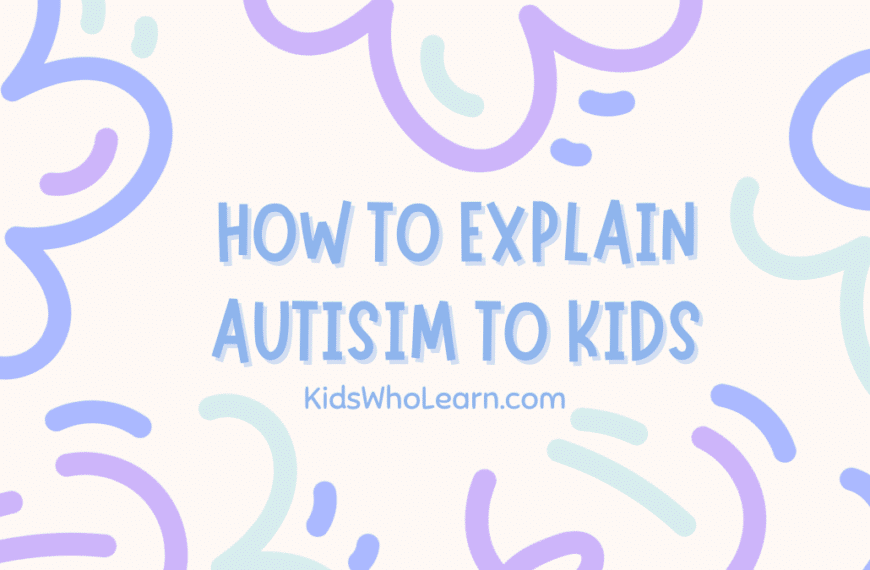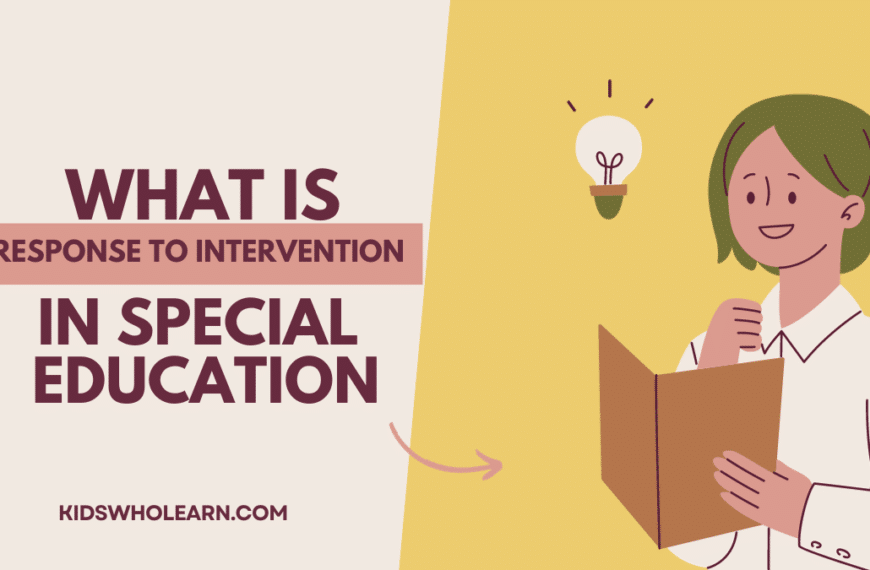If you have a child with special needs, you may have heard the term “IEP” thrown around in conversations with teachers and administrators. But what exactly is an IEP, and why is it so important in special education?
An IEP, or Individualized Education Program, is a written plan that outlines the educational goals and accommodations for a child with disabilities. The plan is developed by a team of educators, parents, and other professionals, and is designed to ensure that the student receives the support they need to succeed in school.
The development of an IEP is a collaborative process that takes into account the unique needs and abilities of the student. It includes a comprehensive evaluation of the student’s strengths and weaknesses, as well as input from parents, teachers, and other professionals. Once the plan is in place, it is regularly reviewed and updated to ensure that the student is making progress and receiving the support they need to succeed.
Key Takeaways
- An IEP is a written plan that outlines the educational goals and accommodations for a child with disabilities.
- The development of an IEP is a collaborative process that takes into account the unique needs and abilities of the student.
- Once the plan is in place, it is regularly reviewed and updated to ensure that the student is making progress and receiving the support they need to succeed.
Understanding IEP in Special Education
Definition of IEP
An Individualized Education Program (IEP) is a legal document that outlines the specialized educational services and support that a student with a disability needs to succeed in school. The IEP is developed by a team that includes the student’s parents or guardians, teachers, and other professionals who work with the student.
The IEP includes information about the student’s current performance level, their strengths and weaknesses, and goals for the coming year. It also outlines the accommodations and modifications that will be provided to help the student access the curriculum and participate in school activities.
Purpose of IEP
The purpose of an IEP is to ensure that students with disabilities receive the support they need to achieve academic success and become independent learners. The IEP is designed to meet the unique needs of each student and to provide them with the tools and resources they need to succeed.
The IEP also ensures that students with disabilities have access to the same educational opportunities as their peers without disabilities. This includes access to the general education curriculum, extracurricular activities, and any other programs or services that are available to all students.
In summary, an IEP is a critical tool for ensuring that students with disabilities receive the support and resources they need to succeed in school. The IEP is a collaborative effort between parents, teachers, and other professionals, and it is designed to meet the unique needs of each student.
Development of an IEP
IEP Team
When developing an Individualized Education Program (IEP), a team is assembled that includes you, your child’s teacher, a special education teacher, and any other individuals who have knowledge or expertise about your child’s needs. This team may also include a school psychologist, speech therapist, occupational therapist, or other professionals who work with your child.
As a member of the IEP team, you have the right to provide input and participate in the decision-making process. It’s important to communicate your child’s strengths, weaknesses, and needs to the team so that they can create an effective plan.
IEP Meeting
The first step in developing an IEP is to hold a meeting with the team. At this meeting, you will discuss your child’s current performance, strengths, and needs. The team will then determine the goals and objectives for your child’s education, as well as the services and accommodations that will be provided.
It’s important to note that the IEP is a living document that can be modified as your child’s needs change. The team will meet periodically to review and revise the plan as necessary.
During the IEP meeting, the team will discuss:
- Your child’s strengths and weaknesses
- Your child’s current performance in school
- Your child’s academic, social, and emotional needs
- Goals and objectives for your child’s education
- Services and accommodations that will be provided
- Strategies for measuring your child’s progress
- A plan for transitioning your child to a new school or program if necessary
By working together with the IEP team, you can help ensure that your child receives the support and services they need to succeed in school.
Components of an IEP
An Individualized Education Program (IEP) is a legal document that outlines the educational plan for a student with a disability. The IEP is developed by a team of professionals, including the student’s parents/guardians, teachers, and other specialists. The IEP includes several components that are designed to meet the unique needs of the student.
Present Levels of Performance
The Present Levels of Performance section of the IEP describes the student’s current abilities and academic performance. This section includes information about the student’s strengths and weaknesses, as well as any areas where the student may need additional support. The information in this section is used to develop goals and objectives for the student.
Annual Goals
The Annual Goals section of the IEP outlines the specific academic and functional goals that the student will work towards during the school year. These goals are based on the student’s present levels of performance and are designed to help the student make progress in areas where they may be struggling. The goals are specific, measurable, and achievable.
Special Education Services
The Special Education Services section of the IEP describes the specific services and accommodations that will be provided to the student to help them achieve their goals. This may include specialized instruction, assistive technology, or modifications to the curriculum. The IEP team is responsible for determining the services and accommodations that are necessary for the student to make progress.
Progress Reporting
The Progress Reporting section of the IEP outlines how the student’s progress towards their goals will be measured and reported. This may include regular progress reports, data collection, and assessments. The IEP team is responsible for monitoring the student’s progress and making any necessary adjustments to the IEP to ensure that the student is making progress towards their goals.
In summary, an IEP is a legal document that outlines the educational plan for a student with a disability. The IEP includes several components, including Present Levels of Performance, Annual Goals, Special Education Services, and Progress Reporting. The IEP is designed to meet the unique needs of the student and help them make progress towards their goals.
Rights and Responsibilities in IEP
Parental Rights
As a parent or guardian, you have the right to be involved in the development of your child’s Individualized Education Plan (IEP). This includes attending IEP meetings, providing input on your child’s goals and services, and receiving written notice of any proposed changes to the IEP. You also have the right to request an evaluation of your child if you suspect they may have a disability, and to review your child’s educational records.
It is important to note that while you have the right to be involved in the IEP process, you also have the responsibility to actively participate. This means attending meetings and providing input, as well as working collaboratively with the school to ensure your child’s needs are being met.
Student Rights
Students with disabilities also have rights when it comes to their IEP. As a student, you have the right to be involved in the development of your IEP, and to provide input on your goals and services. You also have the right to receive a free and appropriate public education (FAPE), which means that the school is responsible for providing the necessary services and accommodations to help you succeed.
Additionally, students have the right to request a reevaluation of their IEP if they feel their needs are not being met, and to request changes to their IEP if necessary. It is important to remember that while you have these rights, you also have the responsibility to actively participate in your education and to work collaboratively with your teachers and support staff to achieve your goals.
Challenges and Solutions in IEP
Common Challenges
Creating an Individualized Education Program (IEP) can be a complex process, and there are several common challenges that parents, teachers, and students may encounter. Some of these challenges include:
- Lack of communication: Communication is key when it comes to creating an effective IEP. However, there may be times when communication breaks down between parents, teachers, and other members of the IEP team. This can lead to misunderstandings and a lack of progress.
- Limited resources: Schools may not always have the resources needed to provide the necessary accommodations and services outlined in the IEP. This can be especially challenging for students with more complex needs.
- Resistance to change: Some teachers and administrators may be resistant to making changes to the way they teach or provide services. This can make it difficult to implement the accommodations and modifications outlined in the IEP.
- Lack of follow-through: Even if the IEP is well-designed and communicated, it can be challenging to ensure that it is being followed consistently. This can be due to a lack of resources, competing priorities, or simply forgetting to implement the accommodations and modifications.
Effective Strategies
Despite these challenges, there are several strategies that can help ensure that the IEP process is successful:
- Open communication: Encouraging open and regular communication between parents, teachers, and other members of the IEP team can help prevent misunderstandings and ensure that everyone is on the same page.
- Collaboration: Collaboration between parents, teachers, and other members of the IEP team can help ensure that the IEP is well-designed and that everyone is working together to support the student.
- Clear expectations: Clearly outlining expectations for everyone involved in the IEP process can help ensure that everyone knows what is expected of them and what they can expect from others.
- Regular check-ins: Regular check-ins can help ensure that the IEP is being followed and that progress is being made. This can be done through progress reports, meetings, or other forms of communication.
- Flexibility: Being flexible and willing to make changes to the IEP as needed can help ensure that it remains effective and relevant over time.
By being aware of these common challenges and implementing effective strategies, you can help ensure that the IEP process is successful and that students with special needs receive the support they need to thrive.
Conclusion
In conclusion, an Individualized Education Program (IEP) is a vital tool in ensuring that students with disabilities receive the education they need to succeed. The IEP is a legally binding document that outlines the student’s unique needs, goals, and accommodations, and it is developed by a team of professionals, including parents, teachers, and other specialists.
The IEP process can be complex, but it is essential to ensure that students receive the services and support they need to learn and grow. The IEP team must work together to identify the student’s strengths and weaknesses, set appropriate goals, and develop a plan to meet those goals.
Remember, as a parent or caregiver of a child with a disability, you have the right to be involved in the IEP process and to advocate for your child’s needs. You can work with the school to make sure that your child’s IEP is being implemented correctly and that they are making progress towards their goals.
Overall, the IEP is a powerful tool that can help students with disabilities reach their full potential. By working together with the IEP team, you can ensure that your child receives the education and support they need to succeed.
Frequently Asked Questions
What is the purpose of an IEP in special education?
An Individualized Education Program (IEP) is a legal document that outlines the specific educational needs of a student with a disability. The purpose of an IEP is to provide a roadmap for the student’s education and to ensure that they receive the support and services they need to succeed in school.
How can a student qualify for an IEP?
To qualify for an IEP, a student must have a disability that meets the criteria set forth by the Individuals with Disabilities Education Act (IDEA). The disability must have an adverse effect on the student’s educational performance and require special education services.
What are some examples of needs that can be addressed in an IEP?
An IEP can address a wide range of needs, including academic, social, emotional, and behavioral needs. Some examples of needs that can be addressed in an IEP include reading and writing difficulties, attention deficit hyperactivity disorder (ADHD), autism spectrum disorder (ASD), and speech and language delays.
What benefits can an IEP provide for a student?
An IEP can provide a variety of benefits for a student, including access to specialized instruction, accommodations and modifications, and related services such as speech therapy or occupational therapy. An IEP can also help to ensure that a student receives a free and appropriate public education (FAPE).
What is the difference between an IEP and a 504 plan?
While both an IEP and a 504 plan provide accommodations and services for students with disabilities, there are some key differences between the two. An IEP is a legally binding document that outlines specific goals and services for a student, while a 504 plan is a less formal plan that provides accommodations to help a student access the general education curriculum.
Is having an IEP generally considered beneficial for students in special education?
Yes, having an IEP can be very beneficial for students in special education. An IEP can help to ensure that a student receives the support and services they need to succeed in school and can help to level the playing field for students with disabilities.

